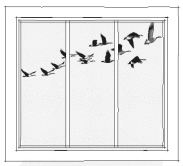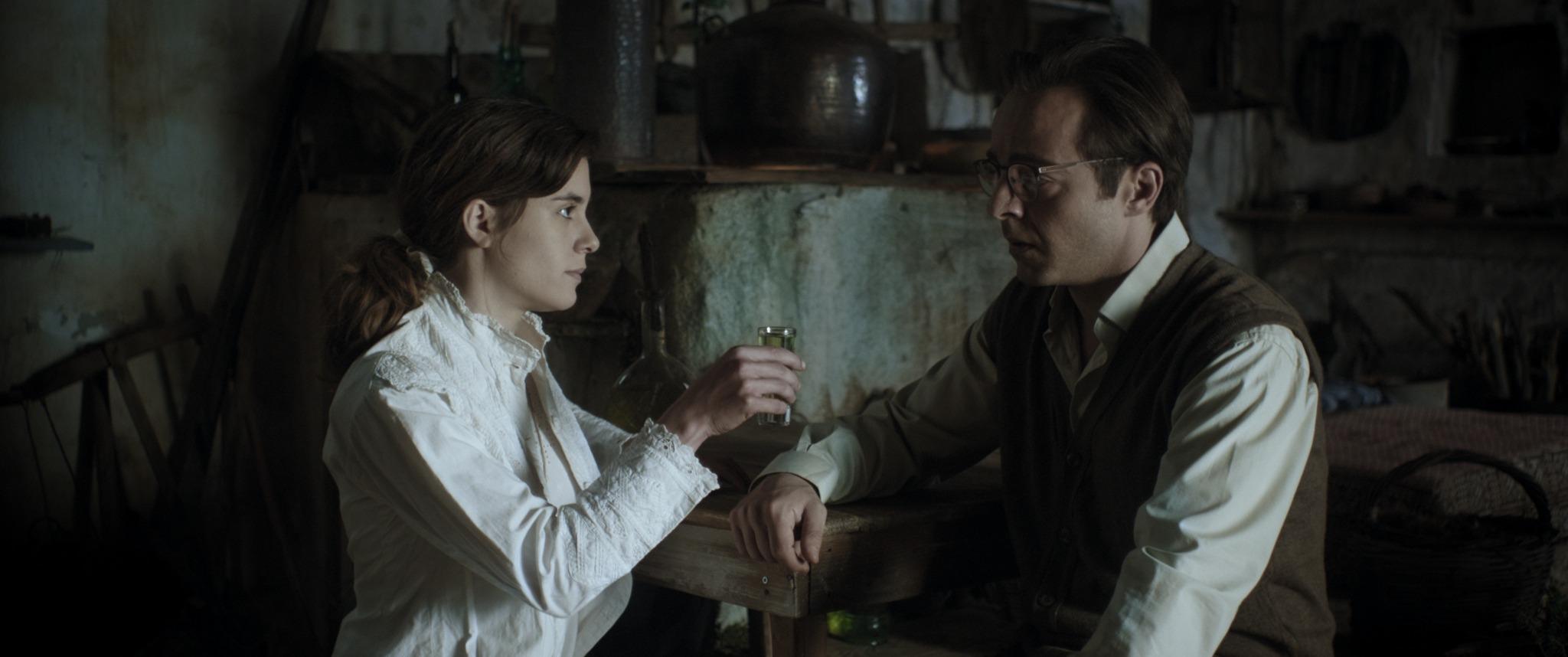by Thomas R. Wells
Lincoln consistently scores top or at least top 3 in every ranking of US presidents. This high standing has long puzzled me. After all, this is the leader who presided over a long brutal civil war that killed 620,000 of his own people. For context, as a percentage of the population, that is more American lives than all other presidents put together have managed to expend in all America’s other wars. On the face of it, that is a massive failure of statesmanship. The usual response is that the war was a necessary sacrifice to end the supreme evil of slavery. I do not find this convincing.
I. The civil war was not inevitable: Lincoln caused it by his election and choices
War happens because politics fails. Lincoln’s Republican party was perceived as anti-Southern, as evidenced by its immediate promise to impose import tariffs that would hurt the South’s economy (to the benefit of the industrial North) and long-term commitment to the abolition of slavery. Although not the most radical candidate the Republicans could have nominated (more on which below) Lincoln was thus an extraordinarily divisive presidential candidate who was elected entirely by Northern voters. The Southern states launched their secession as soon as they heard Lincoln had won because they believed he (and his Republican party) intended to pursue an anti-South agenda that would further cement their political marginalisation within the USA. Perhaps reflecting his party’s political ignorance of the South and his administration’s inexperience, Lincoln seems not to have understood this. He therefore dramatically underestimated popular support for secession in the South and assumed a show of force would quickly crush it.
It is reasonable to suppose that if a different party’s candidate had won the 1860 election, secession would not have happened then (or perhaps at all), despite the long-running tensions between South and North. Moreover, it seems likely that a different president could have managed any secession crisis without resorting to war because that president would have had the trust and legitimacy in the South that Lincoln lacked. (For example, one of Congress’s various efforts to resolve the secession crisis by constitutionally protecting slavery might have succeeded.) Or the South could have been allowed to secede, on the same principle that the colonies had claimed in declaring their independence from Britain. The South’s goal was just to leave the USA, and this was perfectly compatible with the continued existence and flourishing of the country that remained (though perhaps not with its pride). It was the South’s choice to declare independence from the USA, but it was the choice of President Lincoln’s government to go to war to force them to stay. Read more »

 first their concerted honks—
first their concerted honks—


 The coronavirus pandemic has caused a great of suffering and has disrupted millions of lives. Few people welcome this kind of disruption; but as many have already observed, it can be the occasion for reflection, particularly on aspects of our lives that are called into question, appear in a new light, or that we were taking for granted but whose absence now makes us realize were very precious. For many people, work, which is so central to their lives, is one of the things that has been especially disrupted. The pandemic has affected how they do their job, how they experience it, or whether they even still have a job at all. For those who are working from home rather than commuting to a workplace shared with co-workers, the new situation is likely to bring a new awareness of the relation between work and time. So let us reflect on this.
The coronavirus pandemic has caused a great of suffering and has disrupted millions of lives. Few people welcome this kind of disruption; but as many have already observed, it can be the occasion for reflection, particularly on aspects of our lives that are called into question, appear in a new light, or that we were taking for granted but whose absence now makes us realize were very precious. For many people, work, which is so central to their lives, is one of the things that has been especially disrupted. The pandemic has affected how they do their job, how they experience it, or whether they even still have a job at all. For those who are working from home rather than commuting to a workplace shared with co-workers, the new situation is likely to bring a new awareness of the relation between work and time. So let us reflect on this.




 I often hear it said that, despite all the stories about family and cultural traditions, winemaking ideologies, and paeans to terroir, what matters is what’s in the glass. If a wine has flavor it’s good. Nothing else matters. And, of course, the whole idea of wine scores reflects the idea that there is single scale of deliciousness that defines wine quality.
I often hear it said that, despite all the stories about family and cultural traditions, winemaking ideologies, and paeans to terroir, what matters is what’s in the glass. If a wine has flavor it’s good. Nothing else matters. And, of course, the whole idea of wine scores reflects the idea that there is single scale of deliciousness that defines wine quality. Finally, outrage. Intense, violent, peaceful, burning, painful, heart-wrenching, passionate, empowering, joyful, loving outrage. Finally. We have, for decades, lived with the violence of erasure, silencing, the carceral state, economic pain, hunger, poverty, marginalization, humiliation, colonization, juridical racism, and sexual objectification. Our outrage is collective, multi-ethnic, cross-gendered and includes people from across the economic spectrum. One match does not start a firestorm unless what it touches is primed to burn. But unlike other moments of outrage that have briefly erupted over the years in the face of death and injustice, there seems to be something different this time; our outrage burns with a kind of love not seen or felt since Selma and Stonewall. Every scream against white supremacy, each interlocked arm that refuses to yield, every step we take along roads paved in blood and sweat, each drop of milk poured over eyes burning from pepper spray, every fist raised in solidarity, each time we are afraid but keep fighting is a sign that radical love has returned with a vengeance.
Finally, outrage. Intense, violent, peaceful, burning, painful, heart-wrenching, passionate, empowering, joyful, loving outrage. Finally. We have, for decades, lived with the violence of erasure, silencing, the carceral state, economic pain, hunger, poverty, marginalization, humiliation, colonization, juridical racism, and sexual objectification. Our outrage is collective, multi-ethnic, cross-gendered and includes people from across the economic spectrum. One match does not start a firestorm unless what it touches is primed to burn. But unlike other moments of outrage that have briefly erupted over the years in the face of death and injustice, there seems to be something different this time; our outrage burns with a kind of love not seen or felt since Selma and Stonewall. Every scream against white supremacy, each interlocked arm that refuses to yield, every step we take along roads paved in blood and sweat, each drop of milk poured over eyes burning from pepper spray, every fist raised in solidarity, each time we are afraid but keep fighting is a sign that radical love has returned with a vengeance.




